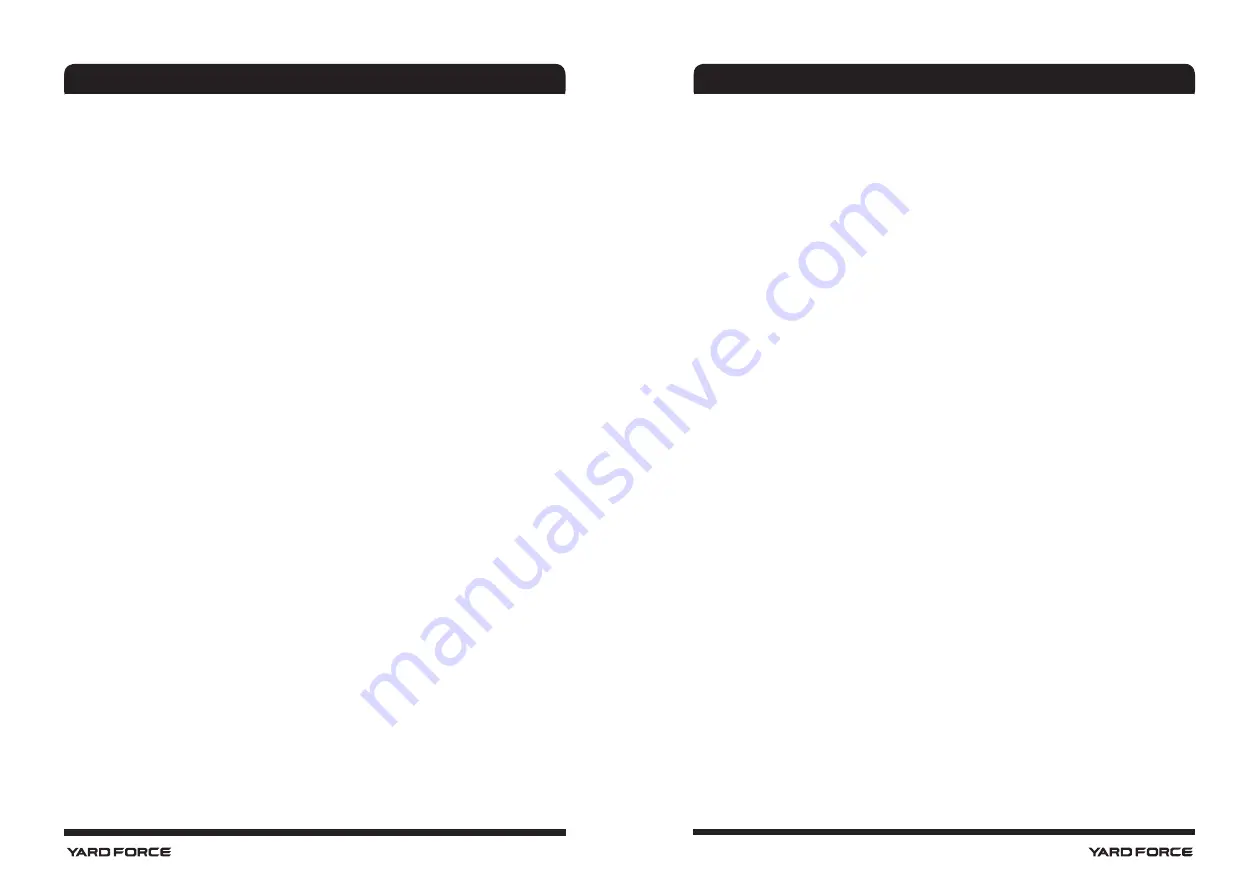
50
51
OPERATION
Charging the battery pack
NOTE:
Remove the battery pack from the charger after it has been fully charged.
NOTE:
Battery should be fully charged before first use.
NOTE:
Make sure the mains voltage is the same as rating label which is located on the
charger.
1. Connect the charger to a power supply.
2. Insert the battery pack into the charger, align the raised ribs of the battery pack with the
grooves of the charger then push it in. (Fig. C)
3. The green LED light of the charger will flash continuously during normal charging.
4. After charging is complete, the four green lights on the battery pack will turn off.
Power indicator (Fig.D)
This Li-Ion battery pack is equipped with a power indicator which is used to show the battery
pack’s remaining charge. Press the power indicator button to check battery charge as below.
The LEDs will stay lit for approximately 4 seconds.
Low capacity warning
Unlike other battery pack types, lithium-ion battery packs deliver fade-free power for their
entire run time. The tool will not experience a slow, gradual loss of power as you work. If the
red LED on the battery pack begins to flash, the battery pack’s charge is below 1% capacity
and should be recharged.
To obtain the best life from the battery
1. Never allow the battery to completely discharge before recharging. The battery pack
should be placed on the charger whenever the battery pack is noticeably running down
or the tool no longer performs a task it previously performed.
2. Avoid conducting short charges. Make sure that the battery is fully charged each time by
allowing the charger to complete its full charging cycle.
3. Avoid allowing lose items like screws or nails etc. to be stored with battery packs as
these or similar items can short battery packs and cause a fire or explosion
4. Always unplug the charger when not in use and store in a dry and secure place.
5. Avoid charging or storing your battery in temperatures below 5°C and above 45°C.
6. After use, allow the battery to pack to cool down for approximately 30 minutes before
attempting to recharge.
Removing and inserting the battery pack
Insert the battery pack. (Fig. E).
Align the battery pack with its compartment of the tool. Push the battery pack into the tank
until you hear a click. This means the battery pack has been locked in position.
Removing the battery pack (Fig. F).
Press down the lock button, hold them and pull back the battery pack.
Switching on and off (Fig. G)
Switch on:
Pull up the switch trigger with one hand, and push on the safety button on the auxiliary
handle with the other hand.
Switch off:
Release the switch trigger or the auxiliary.
Adjust the main handle working angle (Fig. H)
1. Push down the angle adjustment button on the main handle.
2. Rotate the main handle clockwise or anticlockwise.
Operation note
1. The trimmer is used for cutting in both directions with a slow, wiping action.
2. Examine and clear away all hidden objects.
3. Do not use the hedge trimmer near power lines, fences, posts, buildings and other solid
objects.
4. Stop the device after contact with a hard object. Do not use it if any parts are damaged.
5. Do not touch the blade or housing with the battery pack installed.
6. Do not move the hedge trimmer through thick scrub. This can lead to a jamming of the
scissors and slow them down. As the blades slow down, the work also decreases.
7. Do not cut branches or twigs that are thicker than 18 mm or those that are obviously too
big for the cut openings. Use a hand saw or a tree saw to remove larger branches.
8. If the blades get stuck, stop the engine, allow the blades to settle, and remove the
battery pack before attempting to remove the obstruction.
9. Prune a hedge so that it is a bit narrower at the top. This is how the hedge becomes
more even.
10. If you wish, you can also use a cord to prune the hedge. You decide how high the hedge
should be. Pull the cord at the height along the hedge. Prune over the taut cord.
11. Wear gloves if you have thorny or prickly growth. When pruning new growth, use a wide-
area motion to bring the new branches directly into the blade.
Cutting advisement
1. Take a safe stance, use both hands to hold and start the hedge trimmer.
2. Pruning both sides of the hedge, start below. This will prevent cut material from falling
into the area to be trimmed.
3. Slightly move the hedge trimmer over the surface of the hedge. Do not try to cut too
deeply.
4. Prune the top of the hedge.
5. If you want to prune a strong hedge deep, you should first use a chain saw for the
thicker branches and then finish the work with the hedge trimmer.
OPERATION
Содержание GDHT3620B
Страница 3: ...4 5 C E D F G 1 2 1 2 H ...
Страница 18: ...32 33 C E D F G 1 2 1 2 H ...



































